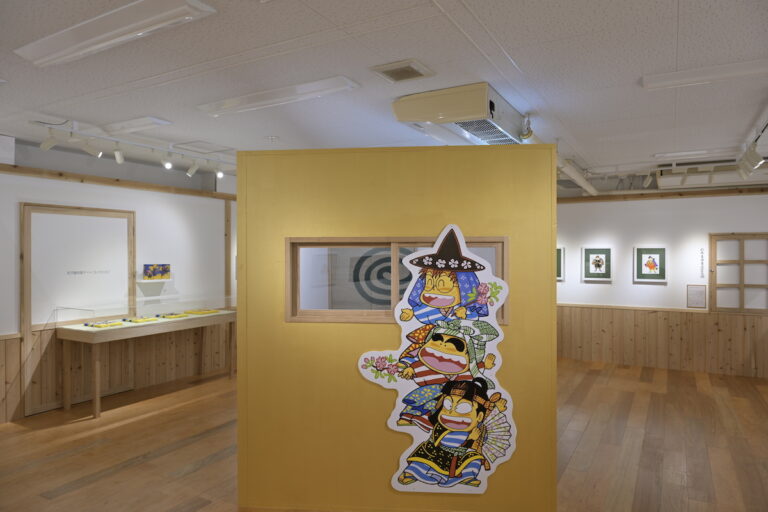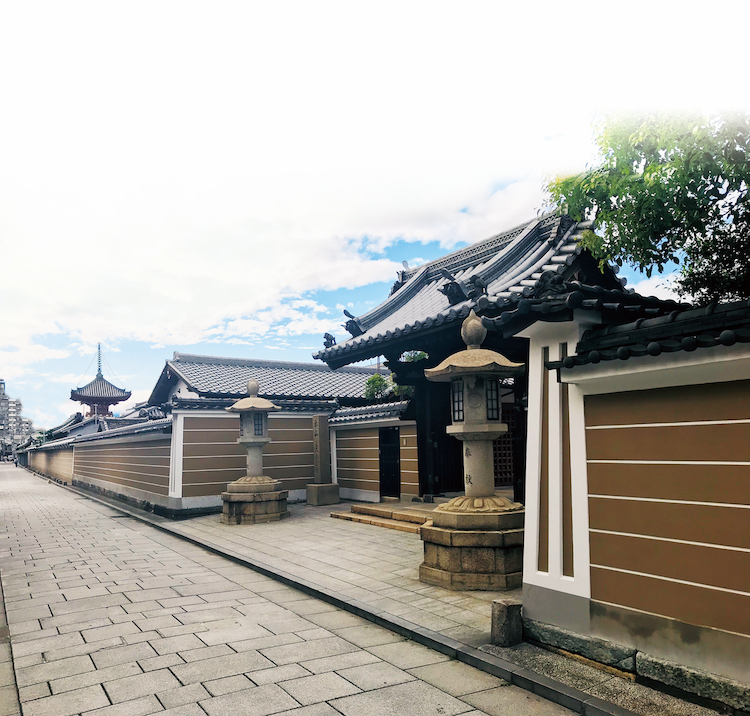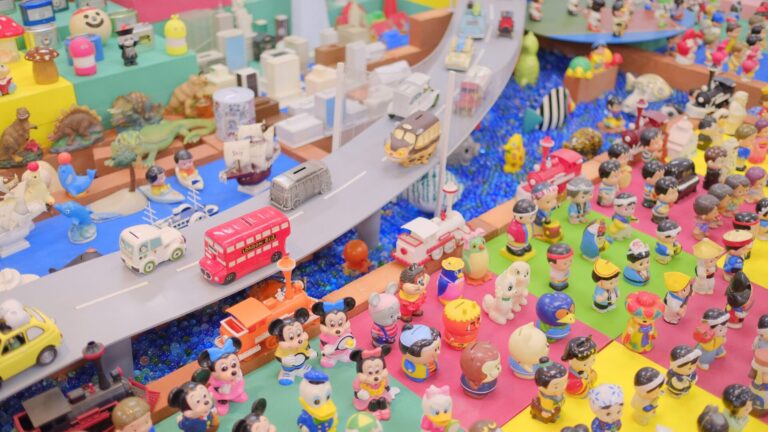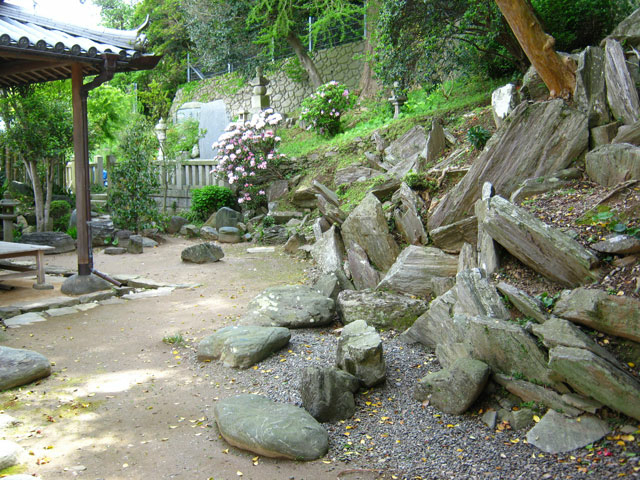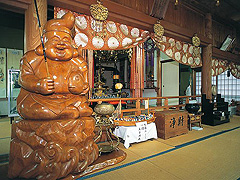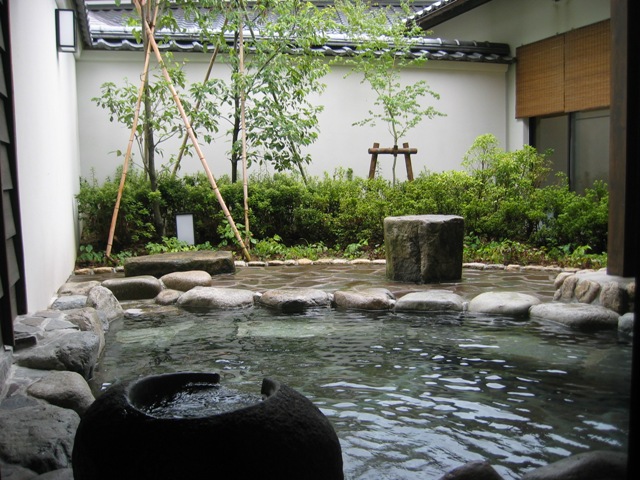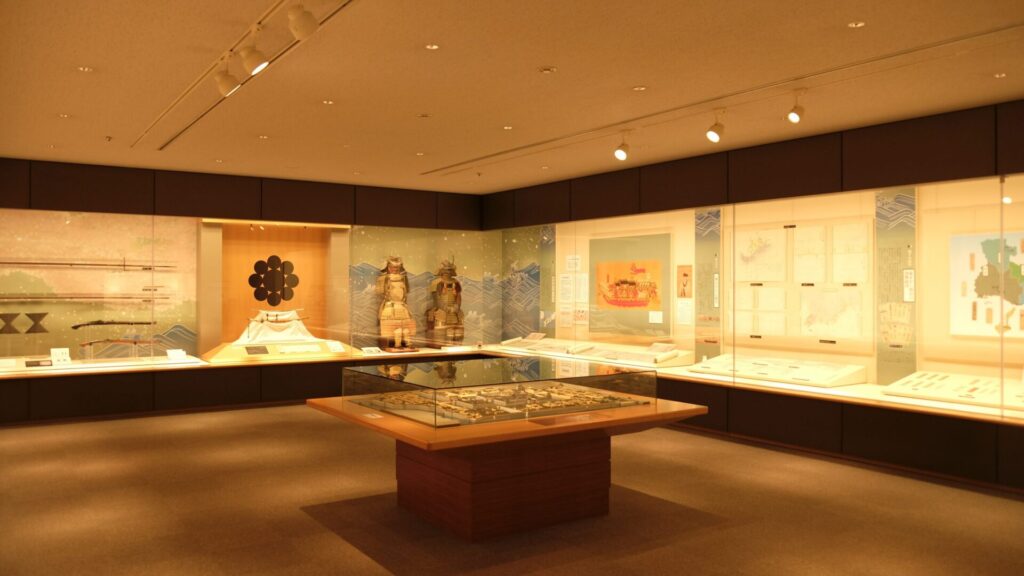
A recommended sightseeing spot in Amagasaki is the Amagasaki Shinkin Hall, operated by Amagasaki Shinkin Bank. The museum exhibits valuable materials from the castle town of Amagasaki, including Important Cultural Properties such as the sword “Tachi, Mei Moriie,” which is connected to the Sakurai-Matsudaira family. This time, we would like to introduce Amashin Kaikan, a place where you can deeply explore the history of Amagasaki!
After the Siege of Osaka, the Tokugawa shogunate adopted a policy of relocating feudal domains to strengthen its control over western Japan, centering governance around Osaka Castle. Amagasaki, located to the west of the castle, was especially important as a strategic defense point. Amashin Hall showcases historical artifacts related to the Sakurai-Matsudaira family—the final ruling lords of the Amagasaki Domain—as well as a fascinating collection of coins from 170 countries around the world.
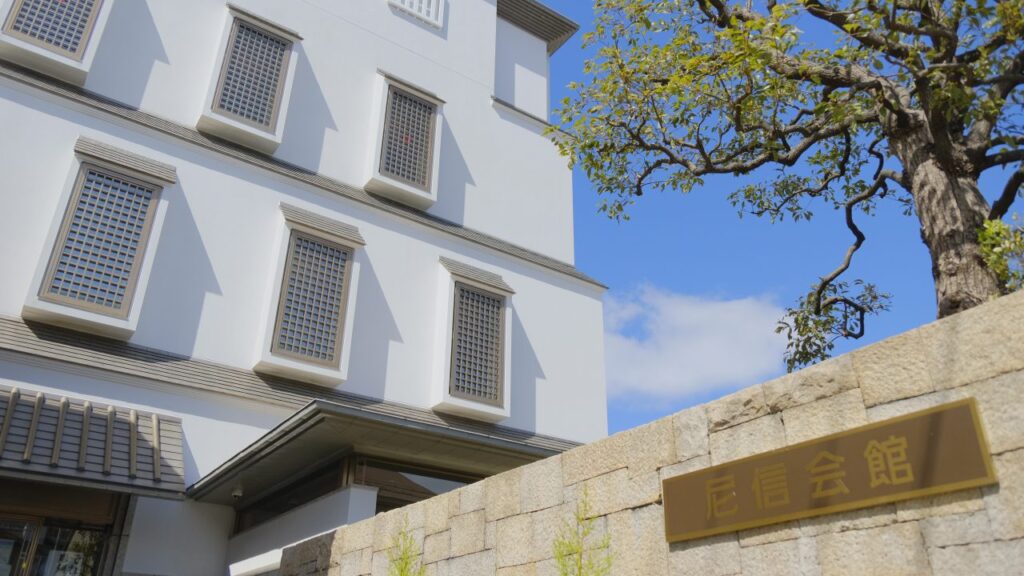
The white walls, shining against the blue sky, are designed to evoke the image of Amagasaki Castle.
The Castle Town Amagasaki Exhibition features a restored model of Amagasaki Castle as it stood in the Edo period, as well as a number of invaluable historical items. These include the Important Cultural Property Tachi - Mei Moriie, linked to the Sakurai-Matsudaira family—the lords of the Amagasaki Domain—along with armor, matchlock guns, spears used during sankin-kōtai processions, castle maps, and illustrated scrolls depicting the reception of Korean envoys.
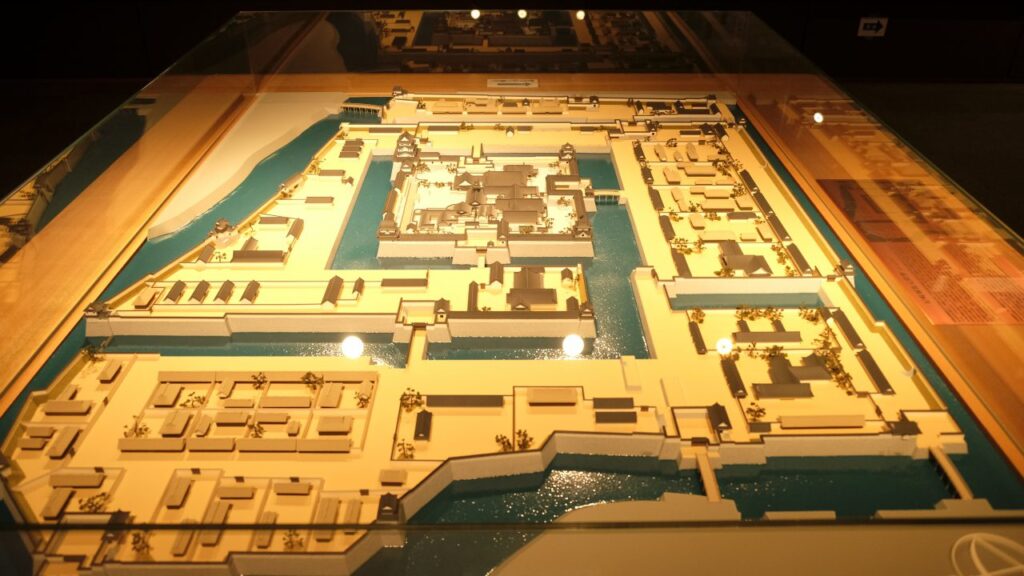
Among the artifacts related to the Sakurai-Matsudaira family, lords of the Amagasaki Domain, visitors can see richly symbolic items such as the ceremonial spear used during sankin-kōtai (the daimyo’s mandatory journeys to Edo), which later inspired the Amagasaki city emblem. Also on display are the yari-jirushi—markers attached to spears to show at a glance which feudal lord’s procession it was—and the grand crimson banner emblazoned with the hollyhock crest (Shuchi Aoimon Zomenuki Ōhata), passed down through generations of the Sakurai family as a symbol of their restoration. These historical items offer a deep glimpse into the enduring history and culture of Amagasaki.
It’s something we often overlook, but of course—the lord of the Amagasaki Domain also took part in the sankin-kōtai processions we learned about in our school textbooks. One can’t help but wonder: what kinds of stories has this ceremonial spear witnessed on those long journeys?
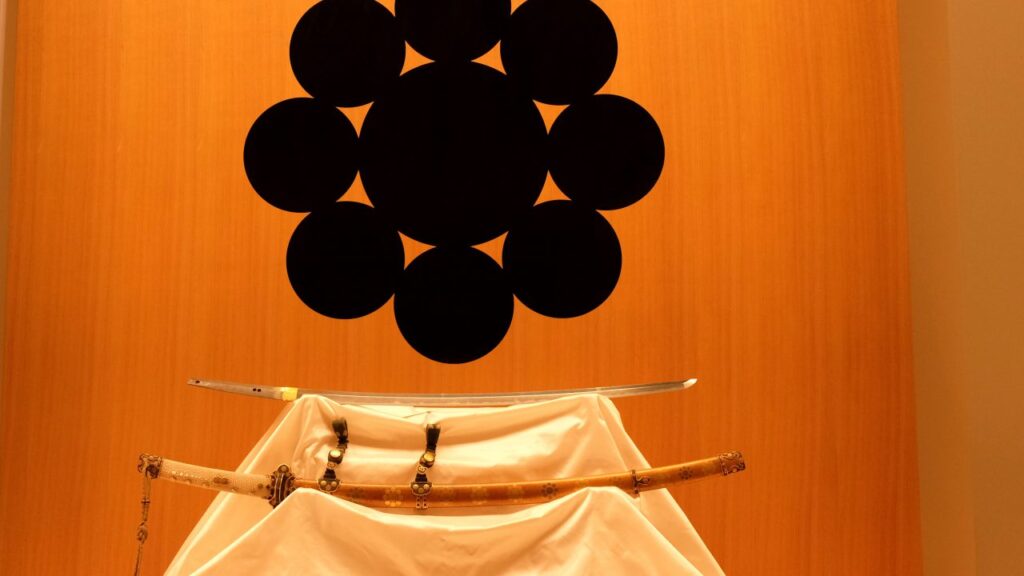
This sword was forged by Moriiye, the first-generation swordsmith from Bizen-Hatada in the mid-Kamakura period. It has been designated as an Important Cultural Property of Japan. The makie kazari-tachi koshirae—a lacquered decorative mounting that accompanies the sword—is a masterpiece crafted in the Edo period.
This tachi sword was originally a gift from Abe Tsushima-no-kami Shigetsugu, whose daughter married the 9th lord, Tadatomo of the Sakurai-Matsudaira family.
It later became the personal sword (haitō) of the 11th lord, Tadaakira, and was eventually used as a decorative sword.
An authentication document (kiwamegaki) written in 1640 (Kan'ei 17) by Hon’ami Mitsuharu accompanies the piece.
In Japanese, the phrase “origami tsuki” (literally “with origami”)—as in “That company’s technology is origami tsuki”—refers to an official certificate of authenticity for items like calligraphy or swords.
This sword truly lives up to the phrase—an authentic masterpiece with origami!
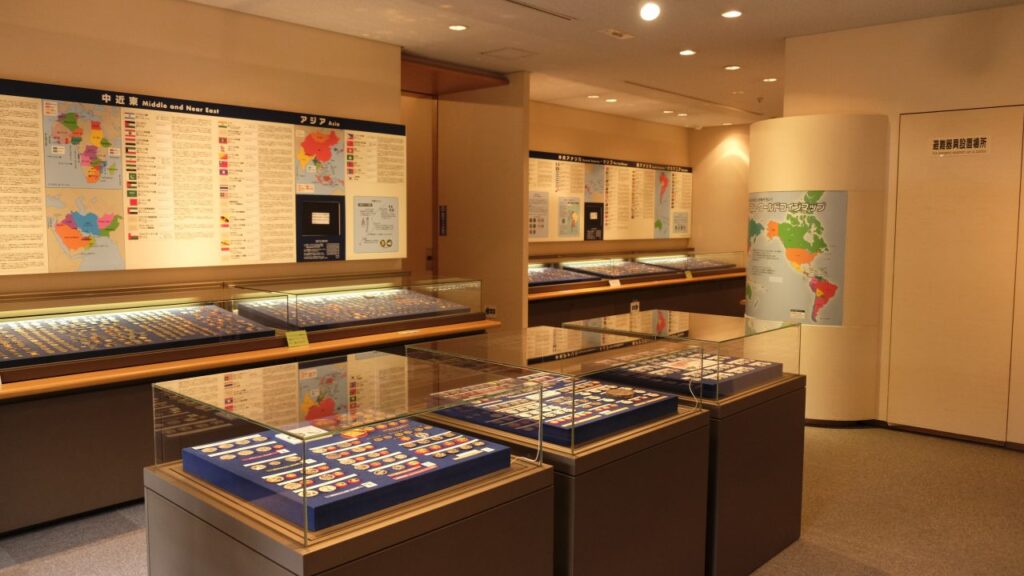
The Coin Museum features a selection of gold and silver coins from 170 countries, chosen from over 5,600 coins owned by Amagasaki Shinkin Bank. Among the highlights are commemorative coins from the Olympic Games and the FIFA World Cup.
Coins feature a wide variety of designs, including kings, presidents, musicians, scientists, animals, plants, and architecture. Each one reflects the unique history and culture of its country.
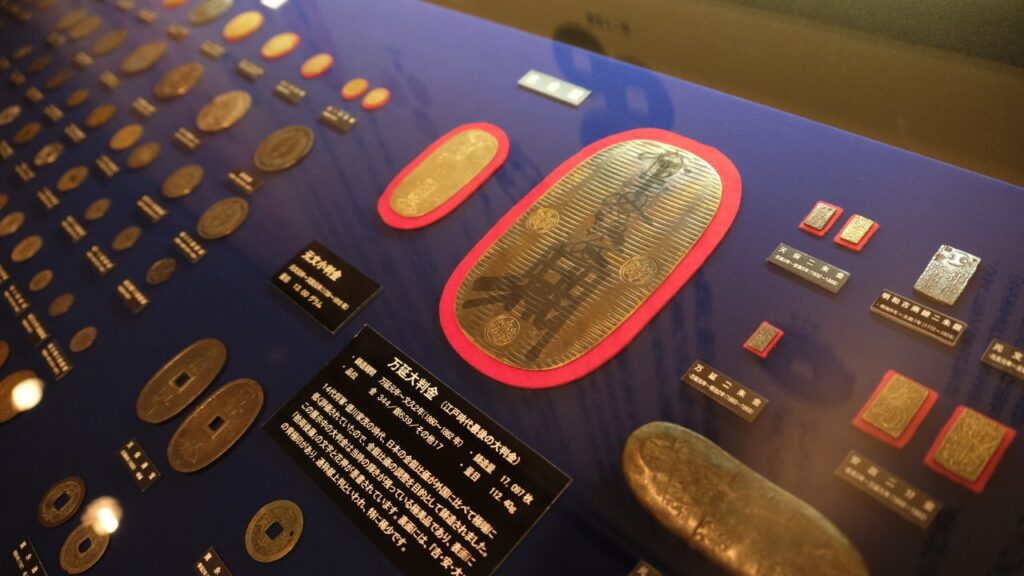
This is the Man'en Ōban, the last large gold coin minted during the Edo period, on display at the Coin Museum. It was issued during the reign of the 14th shogun, Tokugawa Iemochi, to adjust Japan’s gold-to-silver ratio, which was significantly undervalued compared to that of Western countries at the time.
The Man’en Ōban on display at Amashin Hall is an exceptionally well-preserved piece—still retaining its original shine—out of the 17,097 coins ever minted. Just looking at it might make you feel a little bit richer!
Still, it’s hard to believe that people actually used to trade with such large and heavy coins! It feels unimaginable in today’s world.
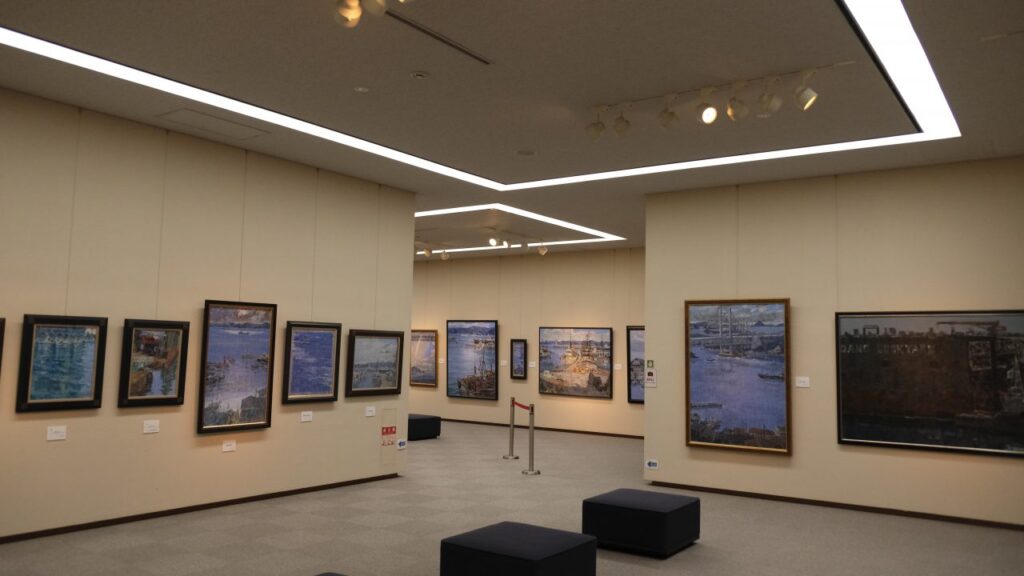
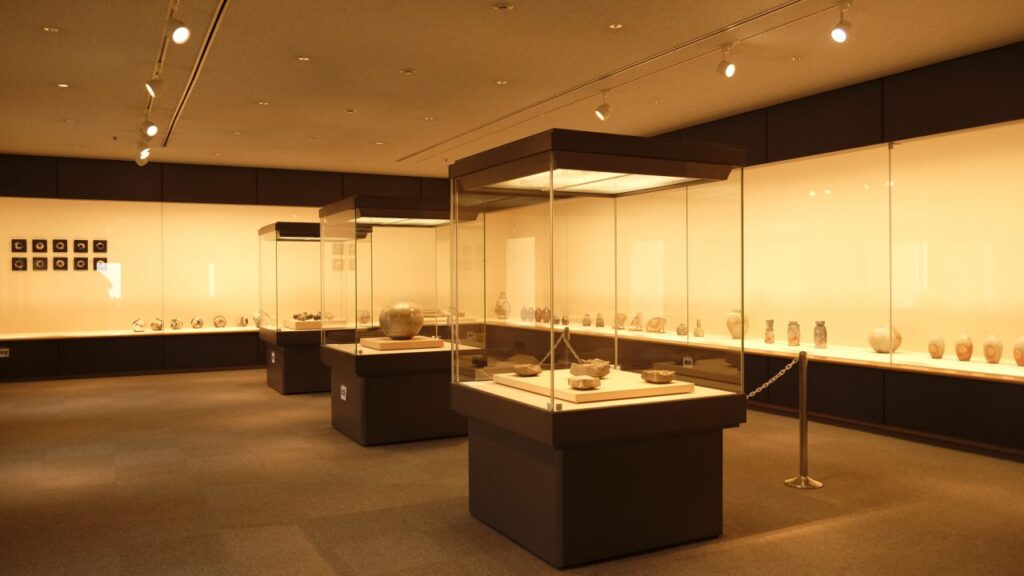
On the 1st and 3rd floors, exhibition rooms feature works by local artists, including paintings, ceramics, calligraphy, and photography.
Many visitors return regularly to see each new exhibition, and some people who don’t usually engage with art happen to drop by, only to become fans after seeing the displays.
“The reopening of the reconstructed Amagasaki Castle to the public in 2019 (Heisei 31) has brought even more attention to our facility,” says the museum director. “Visitors are often surprised to learn, through our Castle Town Amagasaki exhibit, that Amagasaki once served as the western defense for Osaka during the Edo period.”
“We make a special effort to ensure that even those who say they’re not usually familiar with art or museums can still enjoy their visit.”
With a gentle, almost sheepish smile, the director’s expert commentary is truly top-notch—origami tsuki, as they say! It deepens your interest in the history of Amagasaki even more.
Right next door is the World Piggy Bank Museum, so you can enjoy both together♪
Located just a short walk from Teramachi, it’s a spot you can easily visit along with Amagasaki Castle and a stroll through the temple district!

